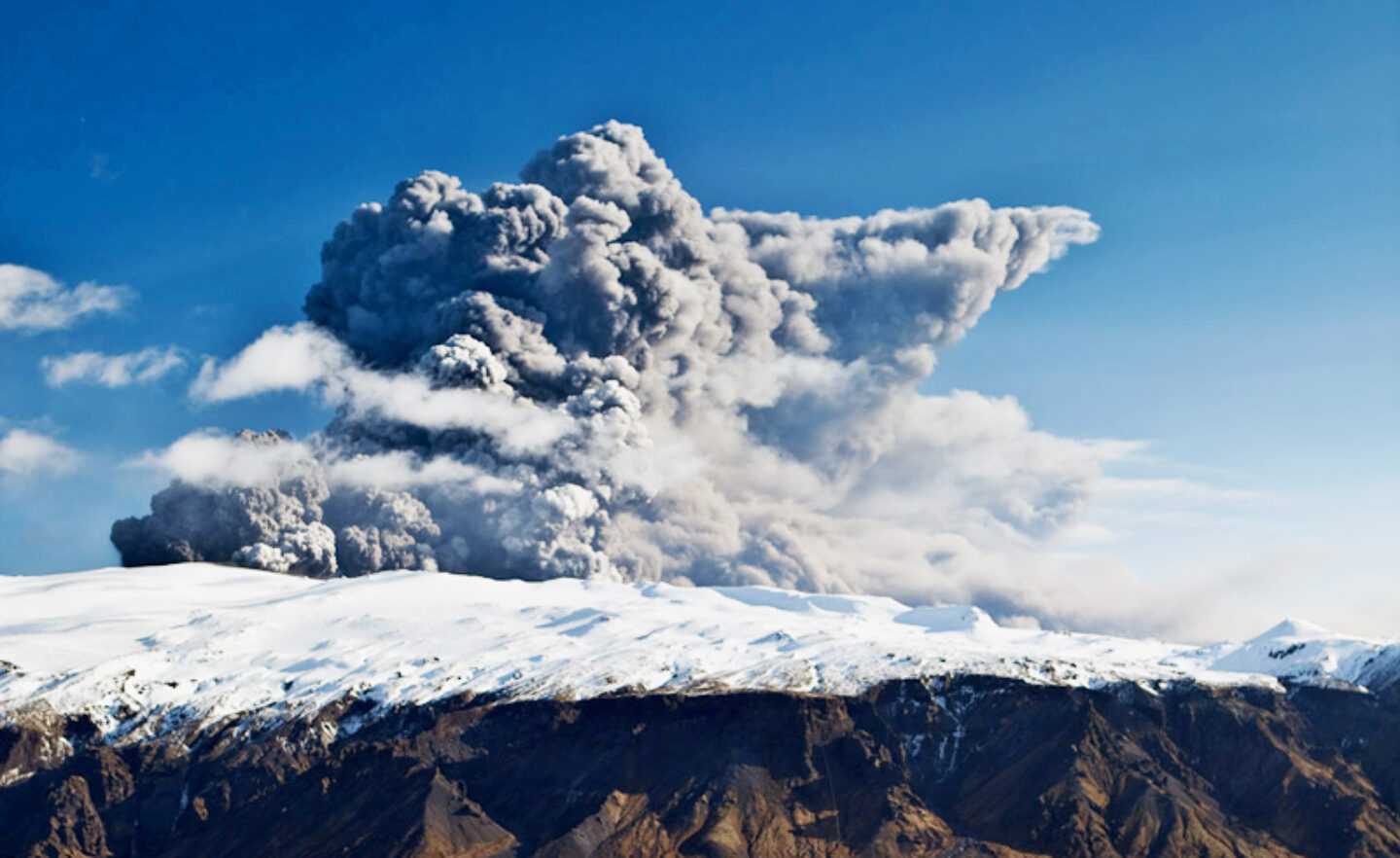
Situated in the south west of Iceland, Eyjafjallajokull is an 800,000 year old volcano with an almost unpronounceable name that was thrust into the limelight when it erupted in 2010… causing an ash cloud that grounded aviation in the northern hemisphere. It is reckoned to be the oldest active strato volcano on the island. By comparison, Hekla is a mere infant at just 8800 years of age.
Ice-capped Eyjafjallajokull (the name is made up of three parts: eyja = island, fjall = mountain and jökull = glacier) is topped by a crater, whose rim rises to 1666 metres in height from the coast, which is just a few kilometres from its base. Shrouding the volcano is an ice field 75 km² in area and 50-200 metres thick but thicker in the summit crater, from where Gigjokull (crater glacier) drops over 1000m in a steep and deeply crevassed icefall to the valley floor north of the volcano. By all standards, it is a beautiful and shapely volcanic cone, a landmark visible from afar that is made all the more impressive by its glaciers.
- Read our blog: Volcanic Activity in Iceland
Eyjafjallajokull normally stays out of the limelight and is less known and less active than other Icelandic volcanoes, its last eruption occurring in 1821-23. Perhaps this is because historically Icelanders have been much more in awe and fear of its powerful neighbour, Katla, whose eruptions at roughly 50-year intervals under Myrdalsjokull, a much larger and thicker icecap, provoke widespread flooding on the coastal plains. But, what made the Icelanders jittery on this occasion is that Katla is long overdue and can be triggered by activity on Eyjafjallajokull. Katla last blew in 1918 provoking a flash flood of 200,000 cubic metres of muddy, swirling meltwater per second – to give you an idea of the scale of it that’s twice the average flow of the Amazon at its mouth. Icebergs the size of houses were seen floating at sea.
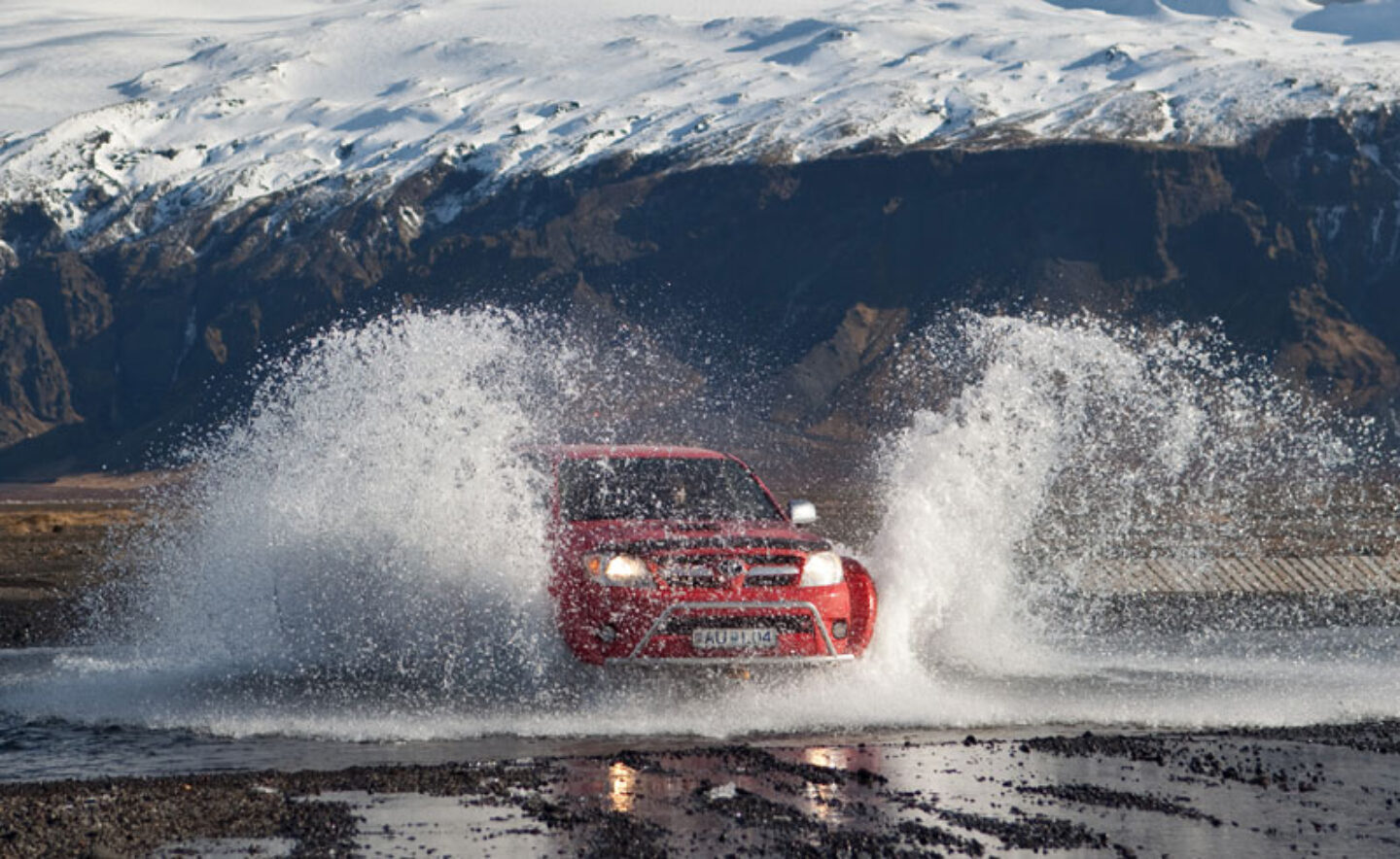
Timeline of the eruption on Eyjafjallajökull: March - April 2010
Planning a visit
If you’re interested in witnessing a volcanic eruption then register on our volcano hotline to be among the first to be notified of future eruptions.
You don’t need a live eruption to witness Iceland’s spectacular volcanic landscapes. Browse our range of holidays from self drives to small group escorted tours or get in touch with our Travel Specialists to discuss your options.
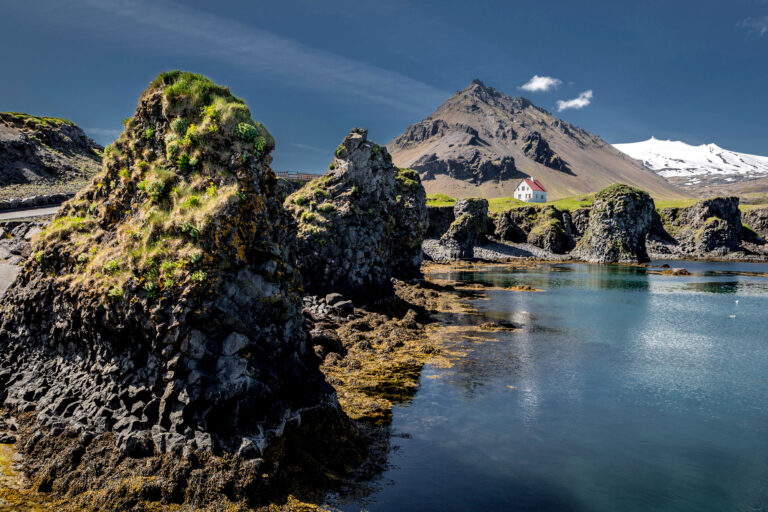
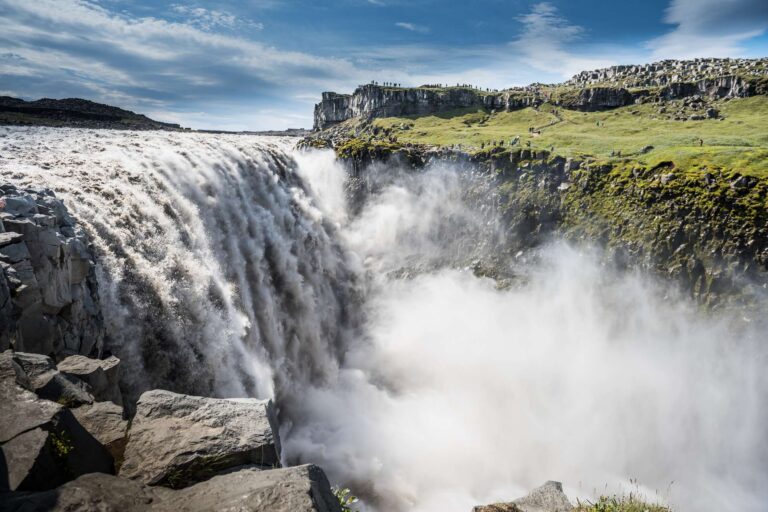
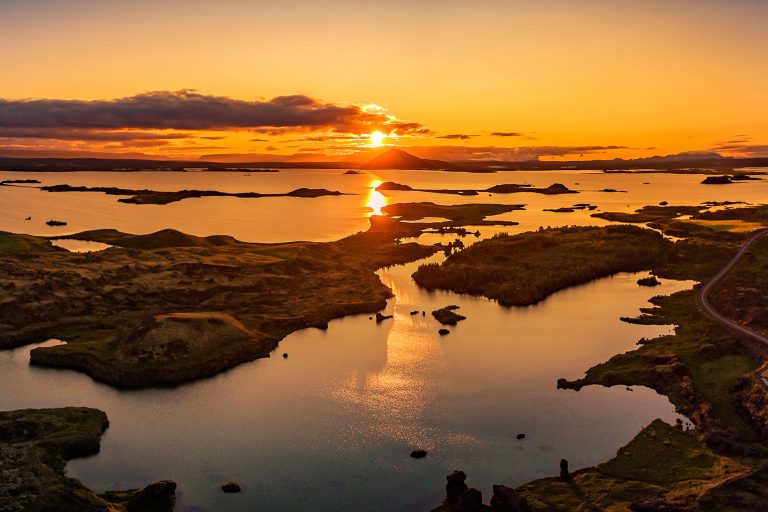
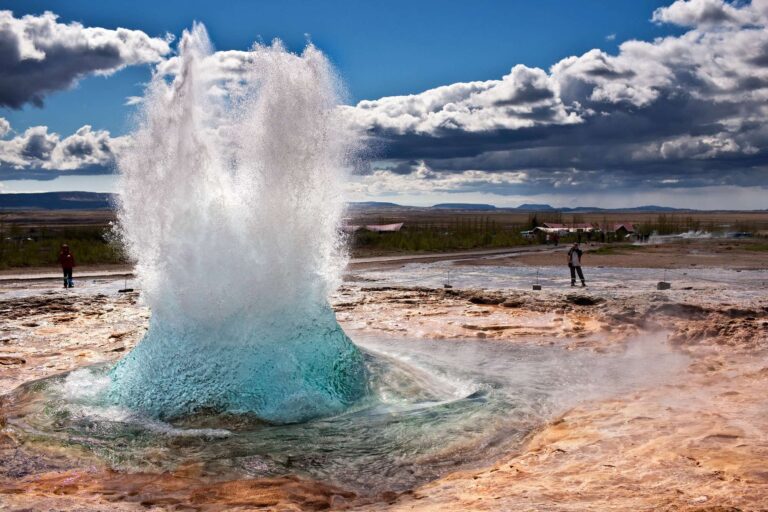
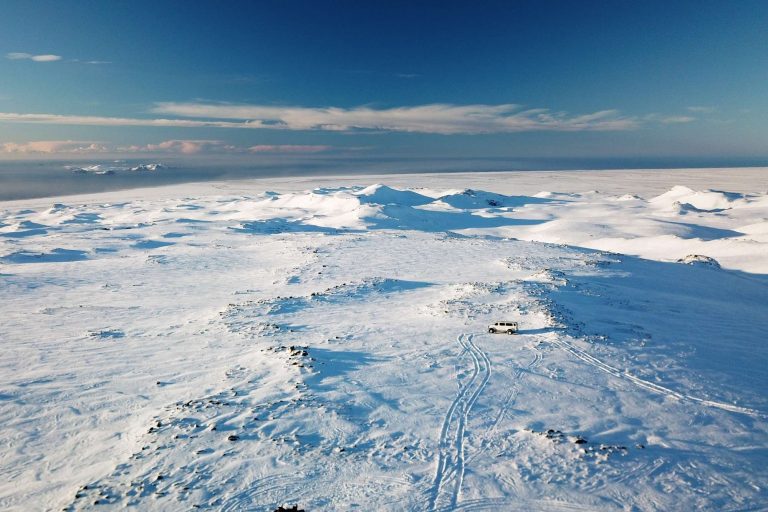
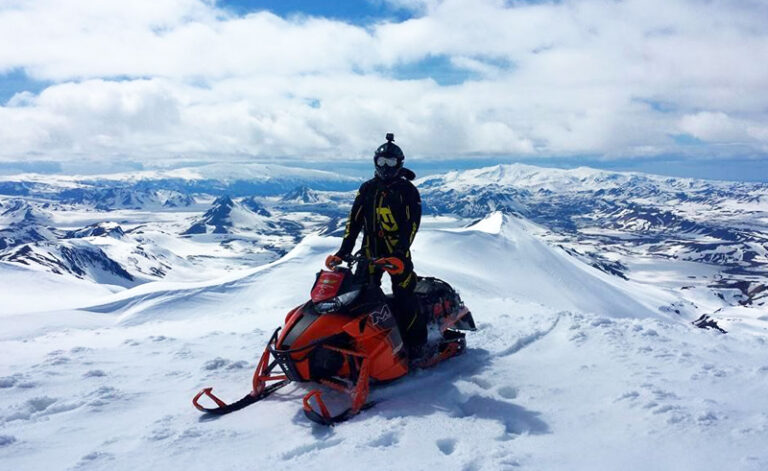

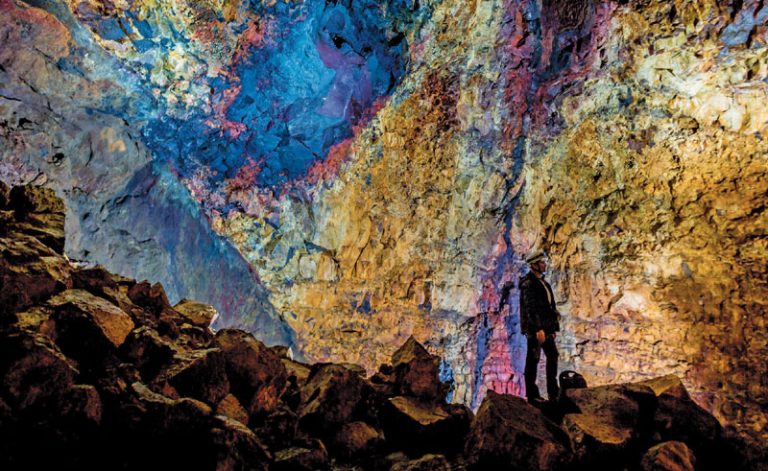

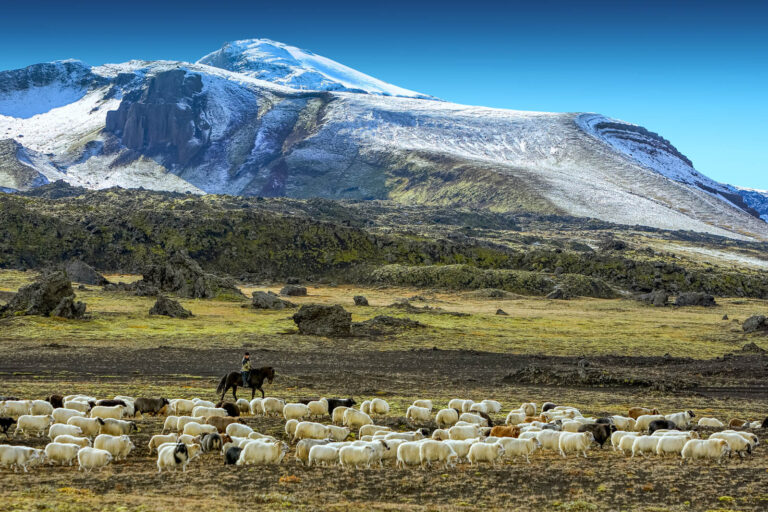
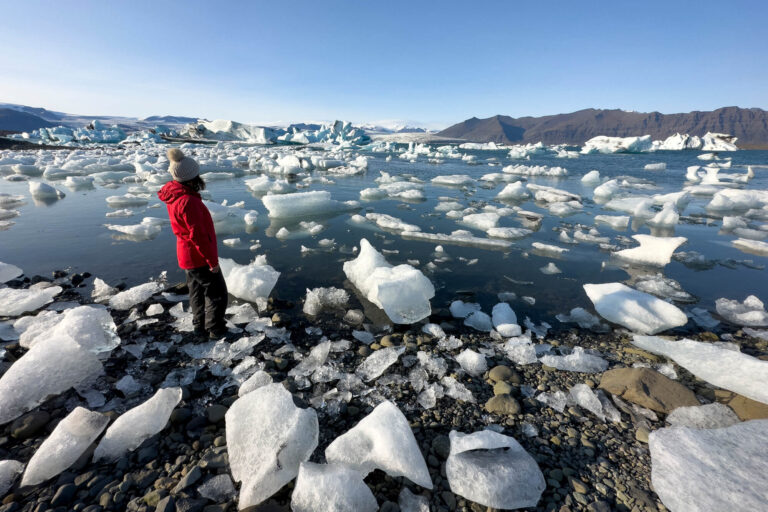



 Instagram
Instagram
 Facebook
Facebook
 YouTube
YouTube